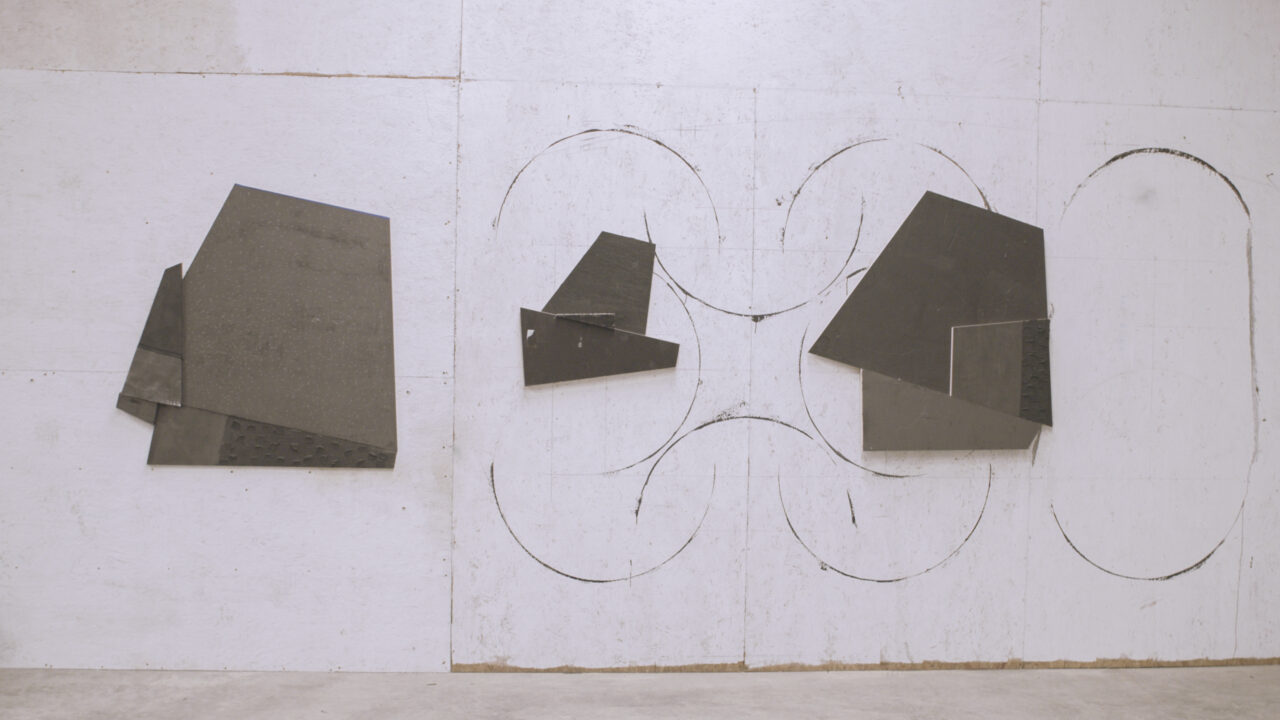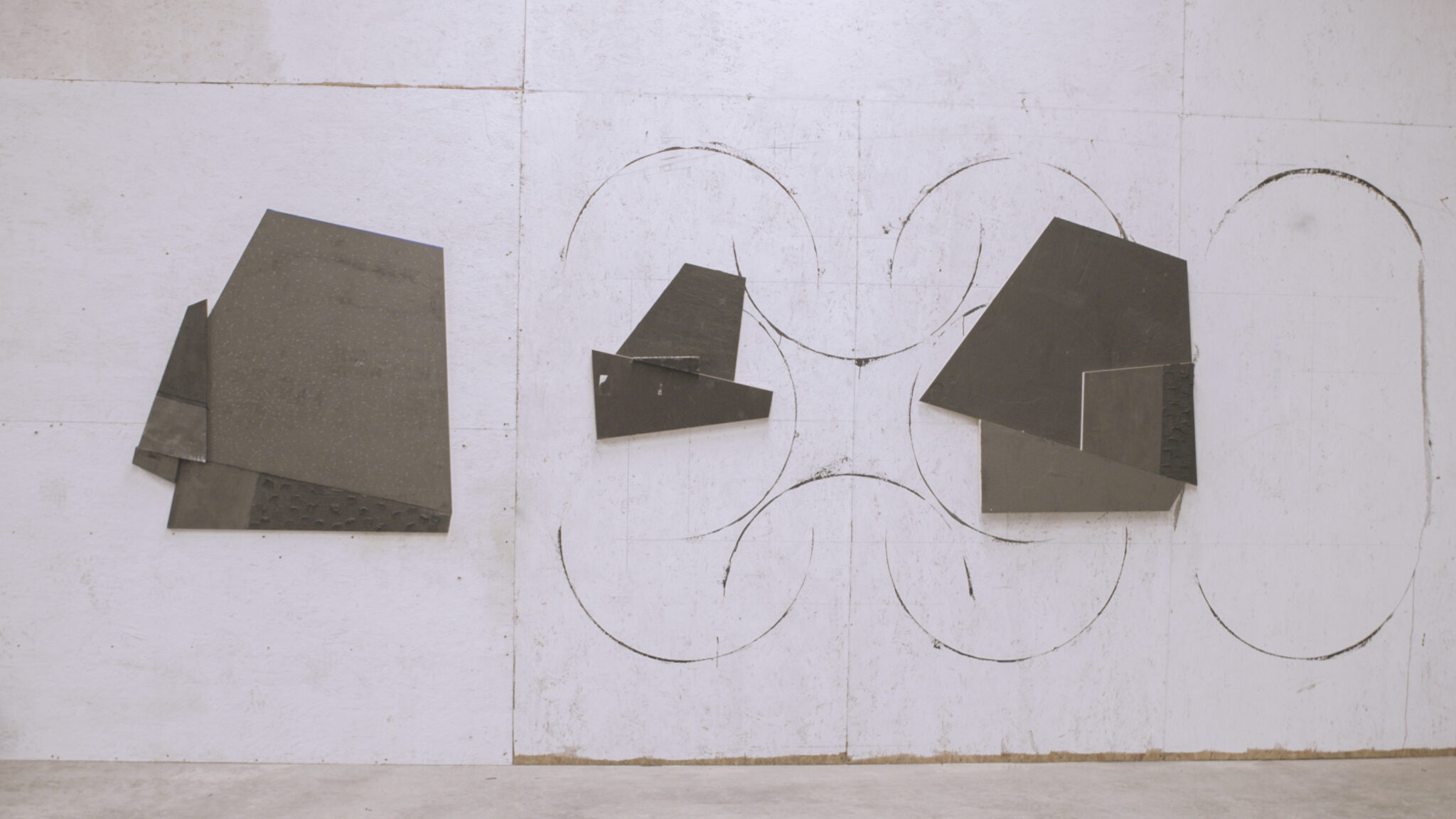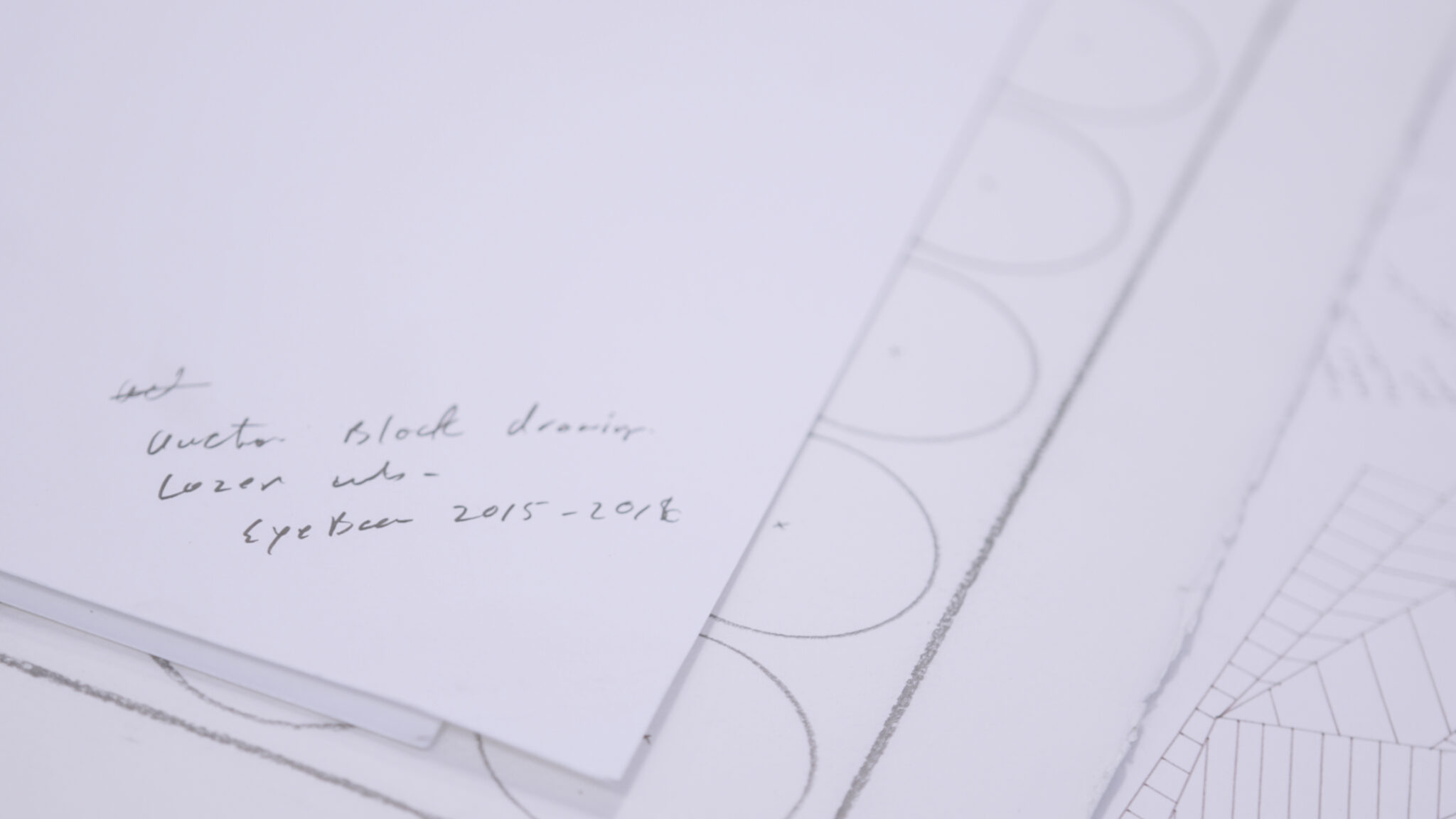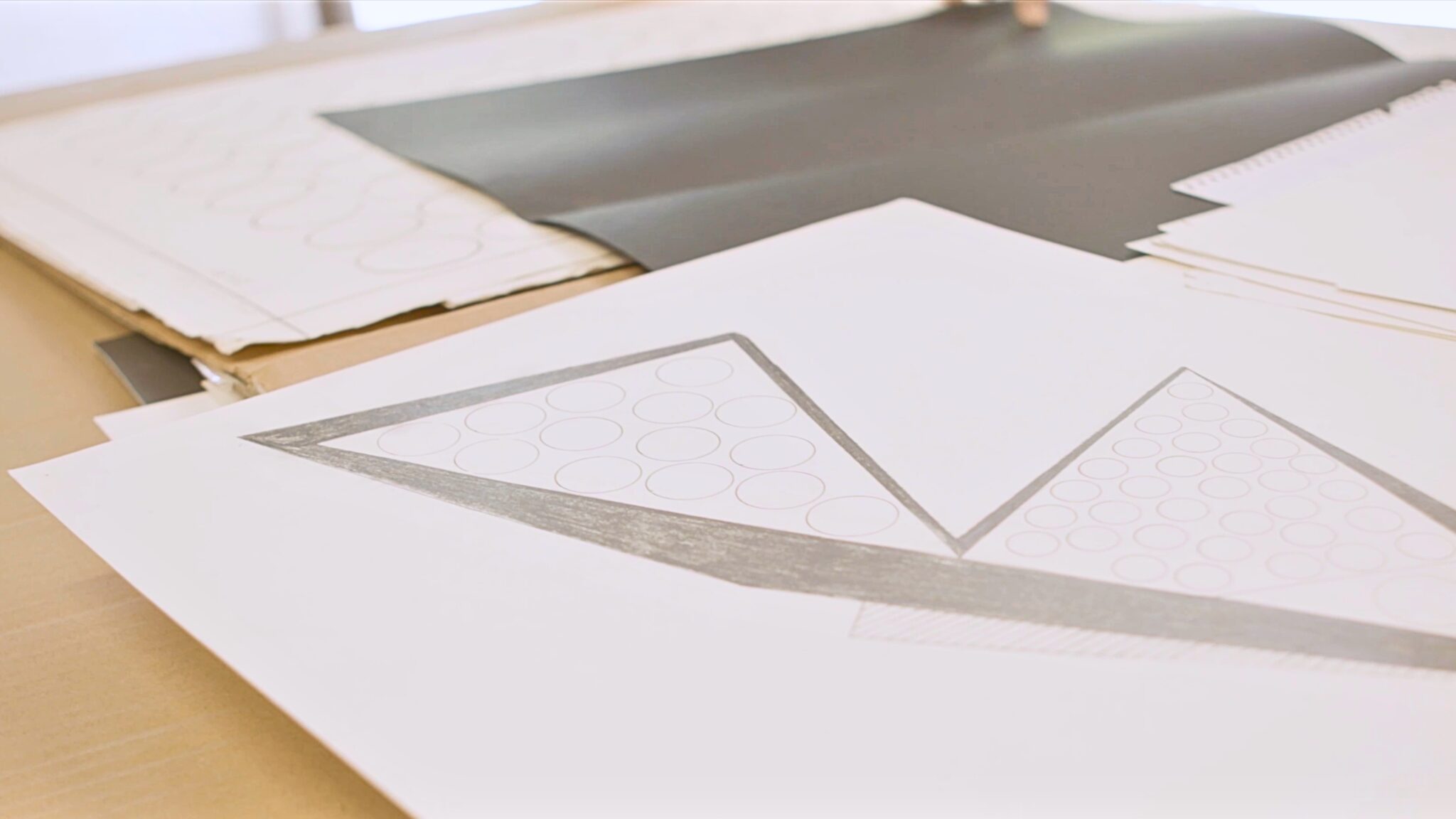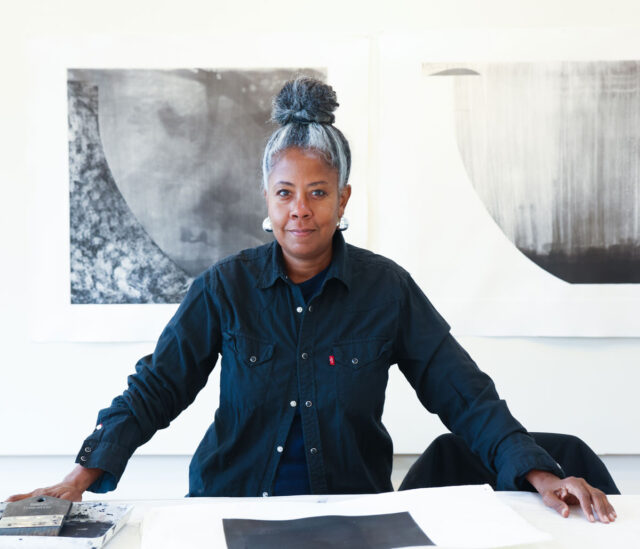that were incubated ibm in 2009 was the
3:02
first of what became a long series of
3:04
projects that i would describe as these
3:07
landscape pageants
3:09
everything is coexisting and it’s
3:12
software driven animation
3:14
our response to the major up evil in the
3:17
world was to essentially just rethink
3:20
what our role could be in a moment of
3:23
chaos and transition we saw an
3:25
opportunity to
3:27
bring in
3:29
a highly
3:31
engaged group of artists and to bring
3:33
them together to think about a
3:35
relationship to a digitally mediated
3:37
world
3:39
i am deliberate and afraid of nothing
3:41
serious i was thinking a lot about that
3:44
kind of um eerie connection between
3:47
black americans and robots because when
3:50
black americans came to this country
3:51
were completely
3:53
disembodied
3:54
we were seen as objects
3:56
and we didn’t have any kind of humanity
4:02
i made a performance with a virtual
4:04
environment of a sugar mill to tell the
4:06
story of of my family and also to show
4:10
how us as african descendants we have
4:13
transcended even the hardest injustices
4:16
[Music]
4:22
the ways in which artists enable the
4:24
rest of us to imagine a different future
4:28
if we look back and say
4:31
the way that we used to organize
4:33
condition craft direct ourselves
4:36
has led us to this point of loss
4:39
how must we rearrange
4:41
[Music]
4:44
but the way to come through loss is
4:46
invention
4:49
[Music]
4:50
one of the most exciting initiatives
4:51
that we’ve had the opportunity to launch
4:53
at ibeam is the ibm center for the
4:55
future of journalism
4:58
one of our artists that we worked with
5:00
last year on a project in collaboration
5:02
with buzzfeed news
5:04
actually won a pulitzer prize
5:06
for the creative approach that they took
5:08
to telling a very complex story
5:12
[Music]
5:14
we’re building on a young adventurous
5:16
legacy as we’ve transformed into a
5:19
digital first distributed catalyst and
5:22
incubator
5:24
[Music]
5:26
there’s a window of opportunity for
5:27
artists to actually help us think
5:30
through our relationship with this world
5:32
that we’re entering
5:34
and it’s important that we do that now
5:38
[Music]
5:47
you
